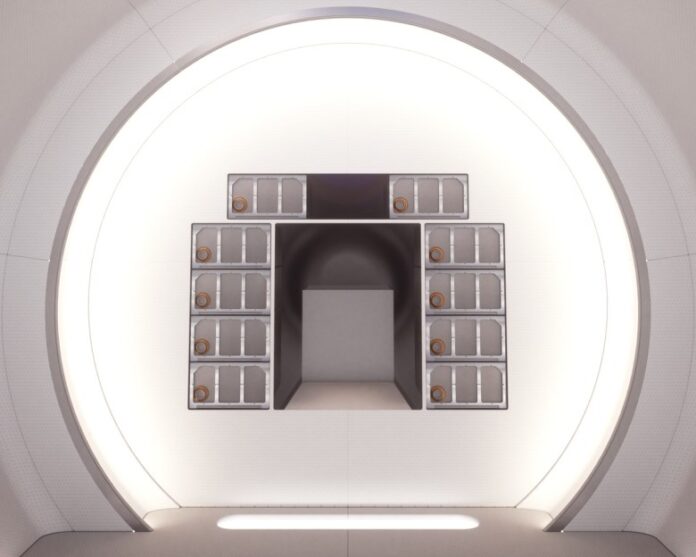Vast Partners to Offer Microgravity Lab Facilities
Vast is teaming up with two companies to set up lab spaces on its Haven-1 station.
The company shared plans for Haven-1 Lab, a research space on the Haven-1 commercial station, aiming to launch by August 2025 on a Falcon 9. Crews will visit it later on Crew Dragon missions.
Haven-1 Lab includes 10 slots for experiments, each handling up to 30 kilograms and using up to 100 watts of power. Payloads will travel with the station, but samples can return on visiting Dragon spacecraft.
Vast wants to show NASA and the industry that it can develop and run a commercial space station. Max Haot, Vast’s CEO, explained at the AIAA ASCEND conference, “Haven-1 is our demonstration to show NASA we are the best potential awardee that they could have.”
They thought hard about offering space to customers and concluded partnering with experienced ISS payload companies was the best route.
Vast’s partners, Redwire Space and Yuri, bring their own unique experiment platforms for Haven-1 Lab. Redwire will provide ADSEP and PIL-BOX, while Yuri will offer its ScienceTaxi package.
The Haven-1 Lab will accommodate 10 middeck lockers for experiments.

These companies see benefits in new lab spaces beyond the ISS. Mike Gold from Redwire emphasized the importance of more platforms, saying, “This is why opening up new platforms, new capabilities, new opportunities, is important to realize the gains that began on the ISS.”
Maria Birlem from Yuri appreciates working with another commercial entity. She noted that ISS space is limited, making collaboration with Vast attractive.
They also mentioned that getting payloads approved for the ISS can be tough. Birlem said, “With Vast, it is a purely commercial thing. No one is judging the science, and you can bring up all kinds of customers.”
Gold pointed out that the ISS wasn’t set up for commercial work, while Haven-1 has that focus. “Haven-1… has that built into its DNA,” he said.
Haot agreed, adding that being fully commercial with fewer restrictions allows for more possibilities. He said, “At the very least, it’s more flight opportunities.”
Using Haven-1 for experiments helps Vast plan for a bigger future station. This involves both technical needs and building a business case for research demand.
“We really have to articulate what we think the market is and how we think we will break through and generate these revenues,” Haot said. “This is all about preparing us for that.”
